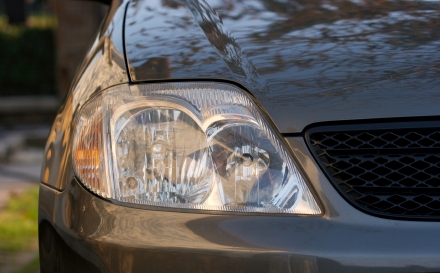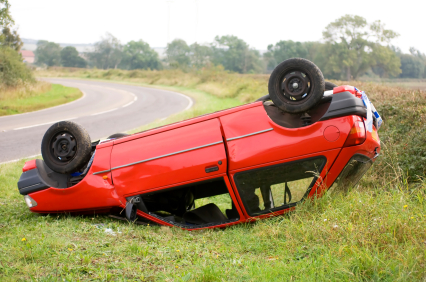Declarations Page
What is a declarations page, how to read it, and how it’s different from an auto insurance policy.
When your auto insurance policy is written, you get a large booklet detailing your policy conditions, terms, exclusions, and so on. Have you read it cover to cover to understand exactly what your auto insurance does for you?
Yeah, we haven’t either.
Fortunately, there is a simple way to determine what auto insurance coverages you have. It’s the declarations page.
What is a Declarations Page?
Simply put, a declarations page is a summary of your auto insurance. It shows what autos and drivers are insured, the liability limits you have, your full coverage deductibles, as well as basic policy levels for other coverages such as uninsured and underinsured coverage, medical payments, towing and other auto insurance options.
How to Read a Declarations Page
The look of a declarations page is different from company to company but usually follows pretty straightforward conventions. Insured automobiles with full VINs are clearly indicated. Drivers are typically noted by name as well. Children and other non-driving family members are often listed on the declarations page as secondary coverages such as accidental death and dismemberment may apply to them.
Large numbers such as liability limits are typically expressed in thousands. For example, if your declarations page states your liability insurance coverage is “50/100/50,” that means you have $50,000 in personal injury coverage for any one person in an accident, $100,000 in personal injury coverage for any group of people in a single accident, and $50,000 in property damage coverage.
If you have full coverage, your deductibles are clearly noted. Many people have a $500 collision deductible and a $100 comprehensive deductible. If that’s what you have, your declaration page will say so. The declarations page is also where to find how much in towing, roadside assistance or other you have. If it’s not listed, chances are you don’t have it.
The Difference Between Declarations and Policy
Your policy booklet is often a general, boilerplate explanation of your policy. It’s written for a general audience. In fact, chances are everyone with an auto policy with your company gets a copy of the exact same thing. In fact, terms specific to your policy are usually not to be found in that booklet. The declarations page fills that need.
Remember declarations pages can and do become outdated. Every time your policy renews you’ll get a new declarations page. Every time make a policy change, no matter how small, you’ll get a new declarations page as well. Declaration pages are dated and should clearly indicate your policy term. Make sure you have the most recent copy on hand. If you don’t have one, don’t be afraid to ask your insurance agent for a copy.





